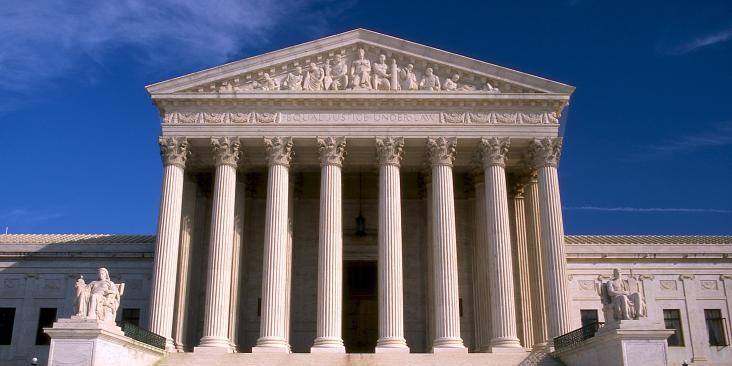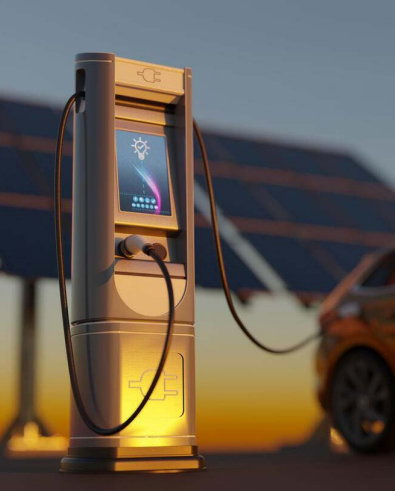By Casey Horan
Projected electric load demand is increasing at a rate not seen for decades, creating new and unique challenges for utilities. While most headlines focus on the demand from data centers, electric vehicles and electrified buildings are also driving grid upgrade needs — especially at the distribution level. To accommodate load growth quickly and cost-effectively, some utilities are beginning to design and implement flexible interconnection programs. These programs allow customers to connect to the grid in a manner that balances existing infrastructure capacity with new energy demands. Flexible interconnections help utilities manage grid stress by limiting customers’ peak load, offering partial service temporarily or long-term when full interconnection is not yet feasible.
These flexible solutions come in different shapes and sizes, and the utilities implementing them must consider the tradeoffs involved in their design. A new white paper from the Environmental Defense Fund explores policy solutions for utilities designing flexible interconnection programs.
New report details utility policy solutions for designing flexible interconnection programs Share on XFlexible interconnection can be hardware-based, involving physical infrastructure to restrict demand, or software-based, using digital controls to manage energy consumption through pre-scheduled limits or real-time communication with utilities.
Some important factors should be considered when designing these agreements: whether the load limit is static or dynamic; whether the system operates autonomously or communicates with the utility; and how the load limit is enforced. Approaches can vary depending on the local utility’s needs and the characteristics of the customer base, with different components tailored to optimize both technical and economic outcomes. For example, a fleet of delivery trucks with predictable routes may want a load limit that is static or only changes based on an agreed-upon schedule to keep their charging routines simple. Another customer, such as an electrified apartment building, may be okay with a dynamic, communications-based limit that gives them more grid capacity on average if they can fill in the gaps with on-site batteries. No solution will be “one-size fits all” for all customers, and utilities should offer a suite of options to maximize participation.
Flexible interconnection programs can help utilities optimize existing infrastructure, defer costly grid upgrades and speed up the interconnection process for customers. This also supports broader climate and transportation goals by facilitating electrification and contributing to decarbonization efforts.
In California, utilities like Pacific Gas & Electric and Southern California Edison have piloted flexible interconnection models. PG&E’s more advanced FlexConnect system uses a Distributed Energy Resource Management System for real-time communication and load management, while SCE’s Load Control Management System operates independently with pre-programmed limits. These pilots illustrate the tradeoffs between complex, communication-based systems offering better control, and simpler autonomous systems that are less expensive but offer less visibility.
In Illinois and Colorado, utilities are also exploring flexible interconnection agreements. For instance, ComEd is focusing on DERMS-based solutions for distributed solar projects, while Colorado’s Powering Up Colorado Act directs Xcel Energy to develop both flexible and phased interconnection options. Phased agreements offer temporary load limits while grid upgrades are completed, though they lack the long-term benefits of flexible agreements that continuously manage load.
Ultimately, flexible interconnections offer a scalable and sustainable solution to increasing energy demands from transportation electrification. Understanding the implications surrounding the structure of the load limit, the communications style, and enforcement mechanism will help stakeholders begin to design and test working programs. This way, states can ensure continued progress toward decarbonization and electrification goals without sacrificing the safety and reliability of the grid.










